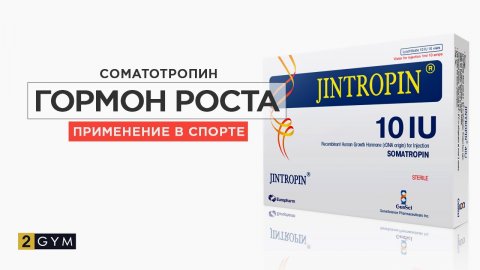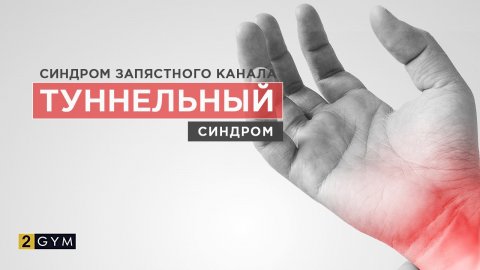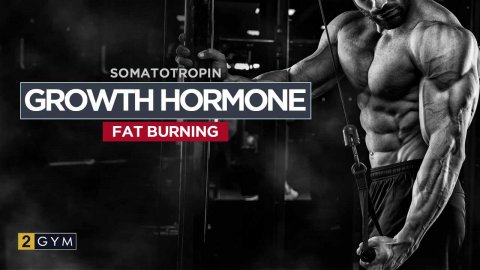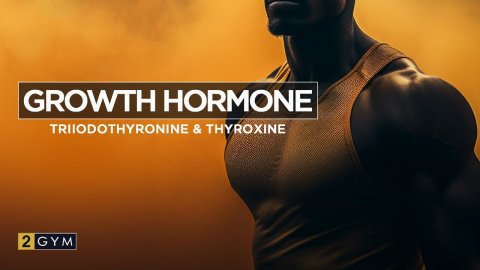Growth Hormone (rhGH) in Bodybuilding
Human Growth Hormone (hGH), also known as somatotropin, is a peptide hormone secreted by the pituitary gland. This hormone is a protein consisting of 191 amino acids.
In the late 1980s, recombinant hGH (rhGH) was developed and successfully used in treating patients with somatropin deficiency. Recombinant hGH has a sequence identical to that of the naturally occurring hormone with a molecular weight of 22 kDa.
Subsequently, growth hormone began to be used by athletes, including those in strength sports. Due to its ability to increase muscle mass, rhGH became actively used in bodybuilding.
Today, the use of recombinant growth hormone in sports is based not only on its anabolic properties but also on its impact on carbohydrate and fat metabolism.
Apart from professional athletes and patients with growth hormone deficiency, the use of rhGH has also become widespread among amateur athletes and ordinary individuals.
In addition to improving body composition and enhancing recovery quality after physical exertion, exogenous somatotropin also improves skin, hair, nails, and overall has rejuvenating effects.
The use of certain medications requires supervision by a knowledgeable specialist or user's understanding. In this case, there are prerequisites for a strategy that not only achieves better results in sports but also does not harm health.
This rule also applies to individuals pursuing rejuvenation, recovery after injuries, etc. A knowledgeable approach will help reduce potential risks and use rhGH beneficially for the body.
This page provides materials on the use of exogenous somatotropin in sports, including bodybuilding. Additionally, this information may be helpful to individuals engaged in fitness at the amateur level.
Growth Hormone in Bodybuilding
Build Muscle, Burn Fat: Use of Growth Hormone in Sports
Numb Fingers After Growth Hormone? It Might Be Tunnel Syndrome!
Growth Hormone Injections: One Shot or Multiple Doses? Find Your Best Regimen
Growth Hormone Injections: The Ultimate Guide for Safe & Effective Results
Heal Faster: How Growth Hormone Can Repair Cartilage, Ligaments, and Muscles
Ibutamoren (MK-677): Unlocking Growth Hormone Secretion
How to use growth hormone for fat burning
Combining Growth Hormone, Triiodothyronine, and Thyroxine







